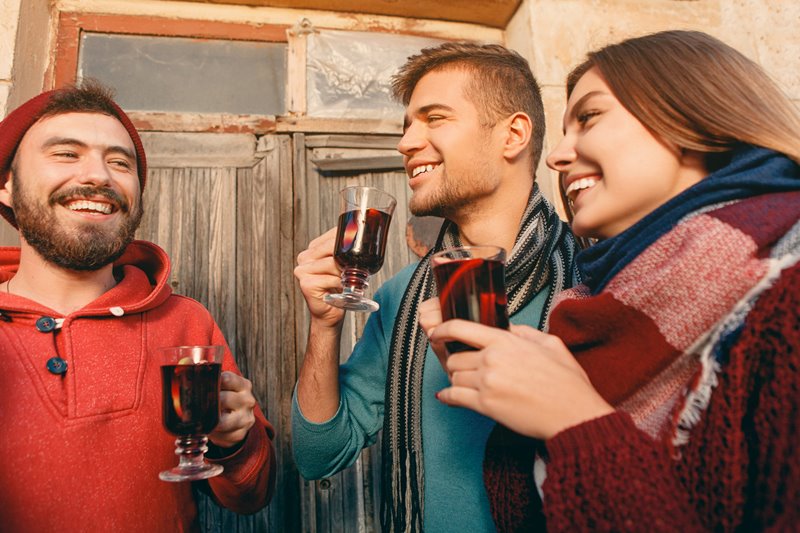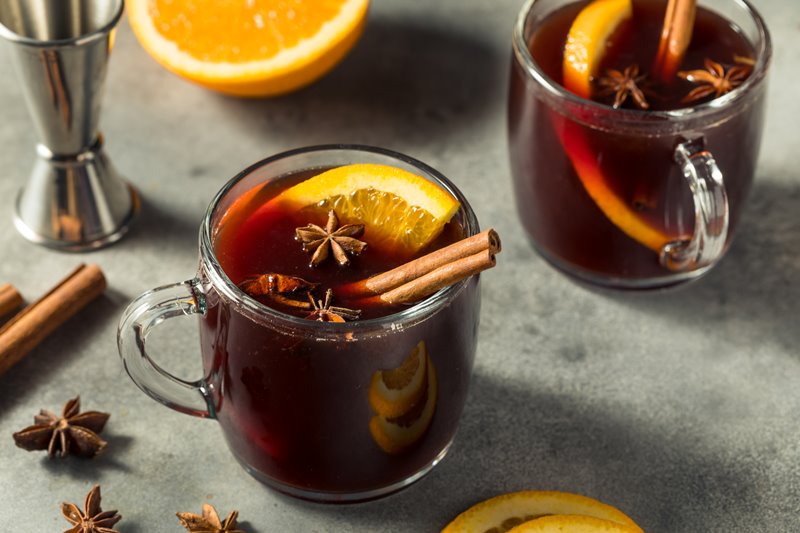
As winter's chill tightens its grip, merging snow and mud into endless dark pools and ice needles prick beneath the skin, few remedies offer comfort as effectively as a warm drink. This truth is well known to Europeans, who, amidst their vine-covered lands, have developed a rich tradition of spiced, hot wine, each country boasting its unique recipe and name. In France, it's "vin chaud," Hungary offers "forralt bor," Germany delights with "glühwein," Scandinavia calls it "glögg," and Northern Italy knows it as "vin brulé." Regardless of the name, the goal remains the same: to warm both hands and soul.
Yet, anyone who has sipped a glass of hot red wine during a sweltering summer knows it can be an assault of harsh tannins and biting acidity. How then does one transform wine into a pleasantly warming beverage?
Steps to Prepare Hot Wine
- Gently heat half a bottle of wine in a pot. Add one or two cloves, a cinnamon stick, star anise, a piece of orange peel, and two heaping tablespoons of sugar.
- Continue heating at a low temperature, stirring constantly to prevent caramelization of the sugar or scorching the mixture. Notice the aroma intensifying.
- Just before the mixture boils, turn off the heat, strain the drink, and serve in tea cups. This can be accompanied by dark chocolate or dried fruits.

The Universal Recipe
The widespread adoption of hot wine in European culture dates back to the 1st century AD, initially documented as a medicinal tonic among Roman legionnaires. Wherever the Roman armies ventured, the custom of consuming hot wine during winter took root, valued for its fortifying, relaxing properties, and its pleasant aftertaste.
Whether the recipe includes cinnamon, cloves, orange peels, cardamom, or star anise, the key to all variations of hot wine lies in the addition of sugar or honey. Expert preparation hinges on the right quantity, which balances the burning spirit of the alcohol and the dryness of the tannins.
Another critical element is the choice of wine. While purists might decry the use of red wines for flavor infusion as heretical, not all red wines are suitable for heating. Light, fruity wines with a lively taste are preferable, avoiding those heavily influenced by oak, aging, or maturation. The good news is that an excellent bottle for this purpose can often be found at a modest price.
The Boiling Point Dilemma
In all hot wine recipes, the wine and ingredients are heated together gently, with constant stirring, especially when a significant amount of sugar is added. However, there's no consensus on whether to bring the mixture to a boil.
Some argue that boiling detracts from the wine's flavors, while others believe that without reaching boiling point, the flavors won't properly meld. In any case, the longer the wine is heated (with or without boiling), the more alcohol will evaporate, and the flavors of caramel and burning intensify.
Maybe, the Hungarians strike the right balance. Their "forralt bor" is richly spiced, cooked just to the brink of boiling, then served in tea cups, strained, and enjoyed while watching ice floes drift down the Danube. Even without the river, their version stands as a historical and culinary exemplar for frigid days.
Founded in 2007, Vinetur® is a registered trademark of VGSC S.L. with a long history in the wine industry.
VGSC, S.L. with VAT number B70255591 is a spanish company legally registered in the Commercial Register of the city of Santiago de Compostela, with registration number: Bulletin 181, Reference 356049 in Volume 13, Page 107, Section 6, Sheet 45028, Entry 2.
Email: [email protected]
Headquarters and offices located in Vilagarcia de Arousa, Spain.